Manufacturing Process for Aluminum Cast Products
Overview of the Sand Mold Casting Process
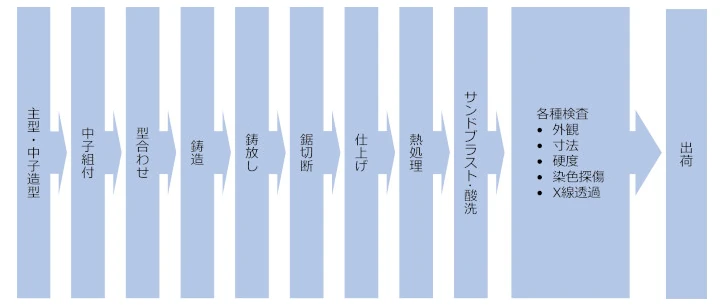
Typical Manufacturing Process
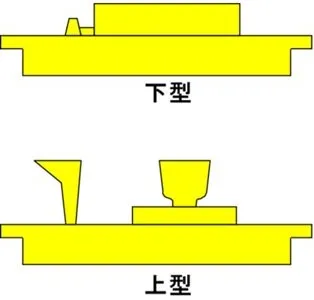
- (1) Wooden Mold Fabrication
A wooden or resin master mold is first created for making the sand mold.
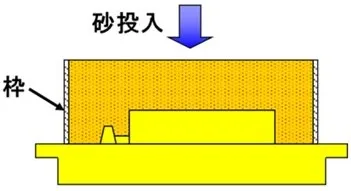
- (2) Sand Mold Formation
Sand is packed around the mold created in the previous step to form the sand mold.
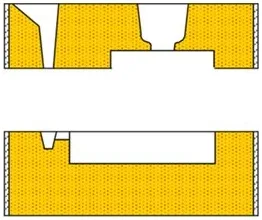
- (3) Assembly and Alignment
The individual sand molds are assembled and fitted together to form the full mold.
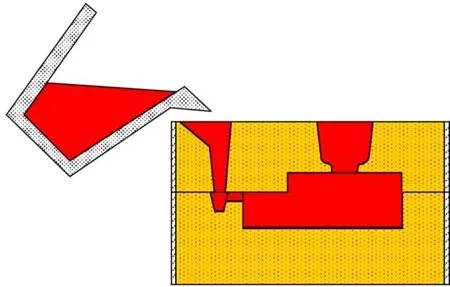
- (4) Pouring
Molten metal is poured into the assembled sand mold to form the desired shape.
Overview of Forging Process(using Hydraulic press)
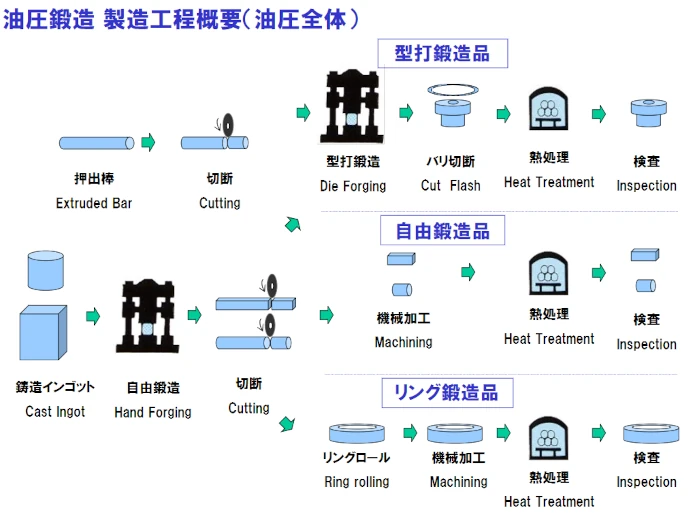
Typical Manufacturing Process
Closed-Die Forged Products
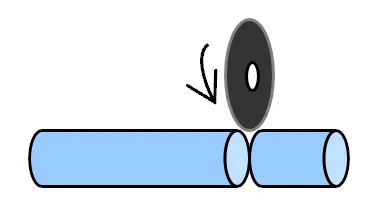
- (1) Cutting
The material is cut to the specified size.

- (2) Die Forging
Die forging:
A forging method in which a die with a product-shaped cavity is used to form the material.
This process yields consistent quality and dimensions, and minimizes additional machining.
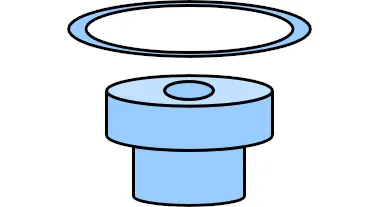
- (3) Deburring
Excess material (flash) produced during forging is trimmed off.

- (4) Heat Treatment
The part undergoes a specific heat treatment process to achieve the desired product characteristics.
Hand Forged Products

- (1) Hand Forging
Hand forging:
This forging method begins by shaping the material into a square on a flat anvil, then forming it into a cylindrical or block shape to meet the required dimensions.
Since no die is required, it is suitable for large parts or low-volume production.
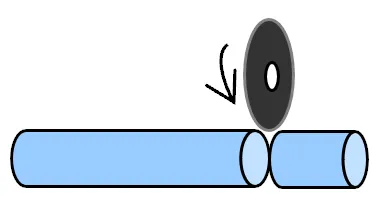
- (2) Cutting
The material is cut to the specified size.
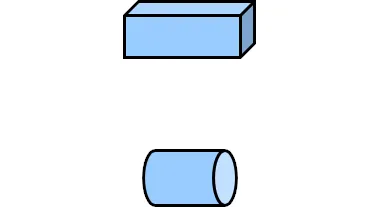
- (3) Machining
We operate our own in-house machining processes, using machine tools to cut and grind each workpiece.

- (4) Heat Treatment
The part undergoes a specific heat treatment process to achieve the desired product characteristics.
Ring Forged Products

- (1) Hand Forging
Hand forging:
This forging method begins by shaping the material into a square on a flat anvil, then forming it into a cylindrical or block shape to meet the required dimensions.
Since no die is required, it is suitable for large or low-volume parts.
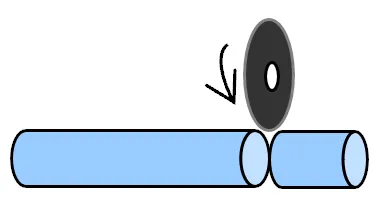
- (2) Cutting
The material is cut to the specified size.
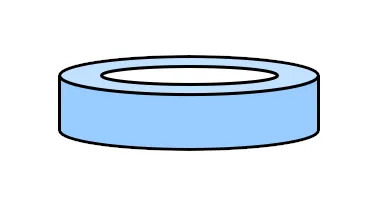
- (3) Ring Rolling (Ring Forging)
A type of hand forging in which a hole is formed in the center of a cylinder, and then the material is expanded outward.
Because large tubular shapes can be formed without drilling a large hole in the center, this reduces material losses both during manufacturing and later when customers would otherwise need to bore and cut the material.

- (4) Machining
We operate our own in-house machining processes, using to machine tools to cut and grind each workpiece.

- (5) Heat Treatment
The part undergoes a specific heat treatment process to achieve the desired product characteristics.
Overview of the Machining Process
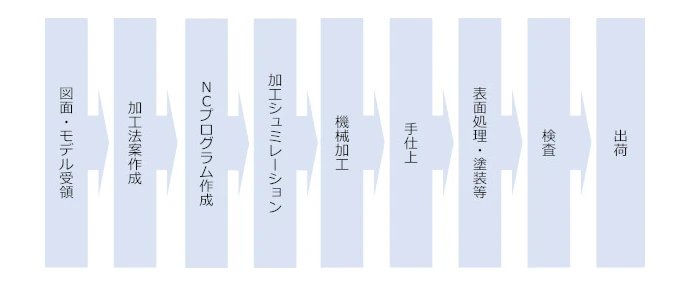
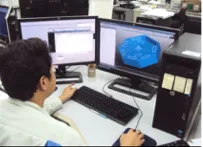
- (1) NC Program Creation and Simulation
NC programs are created and verified through self-checks and double checking. Product, jig, and machine tool models are used to simulate the machining process on a PC.

- (2) Machining
Cutting tools are used to cut and grind the part. We operate multiple machine tools, each suited to different types of operations.
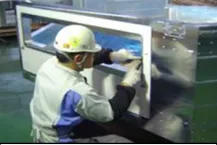
- (3) Hand Finishing
Certain products are finished by hand using tools.
(Examples: chamfering, polishing, buffing, scratch correction, welding, and cleaning)
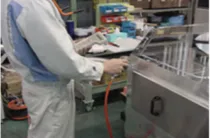
- (4) Inspection
Dimensional inspection, appearance checks, pressure resistance testing, and leak testing are conducted.
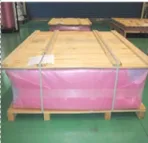
- (5) Shipping
After packaging, products are shipped to the customer.
Contact Us
You can reach us by clicking the inquiry button.